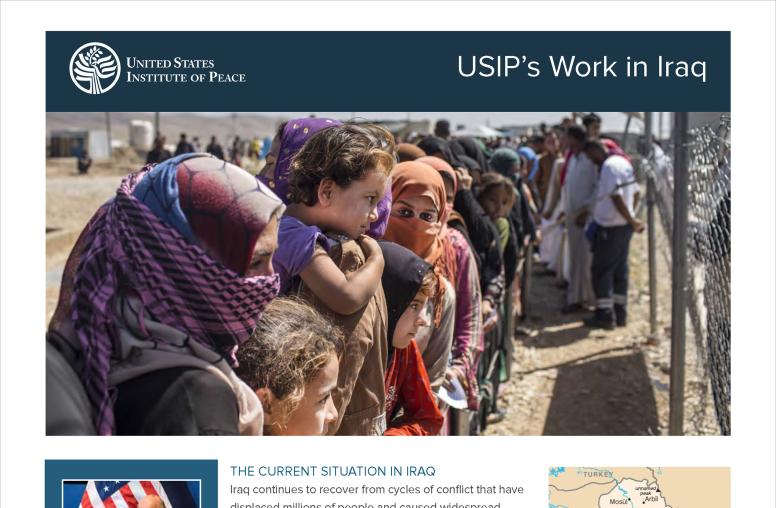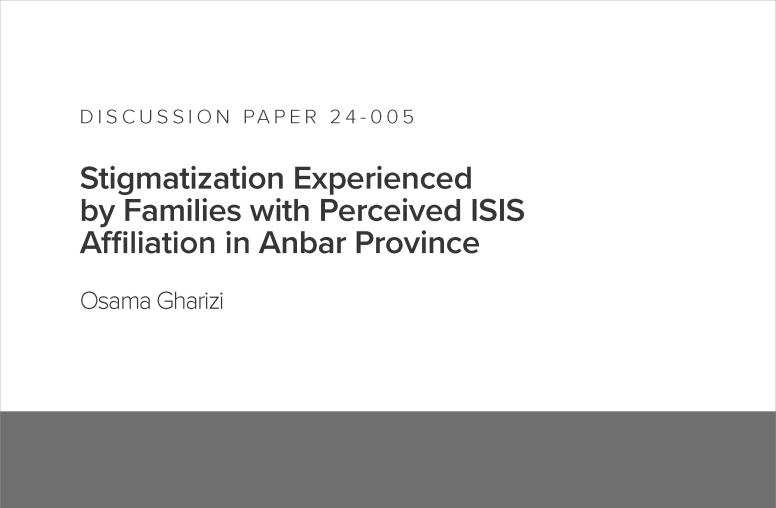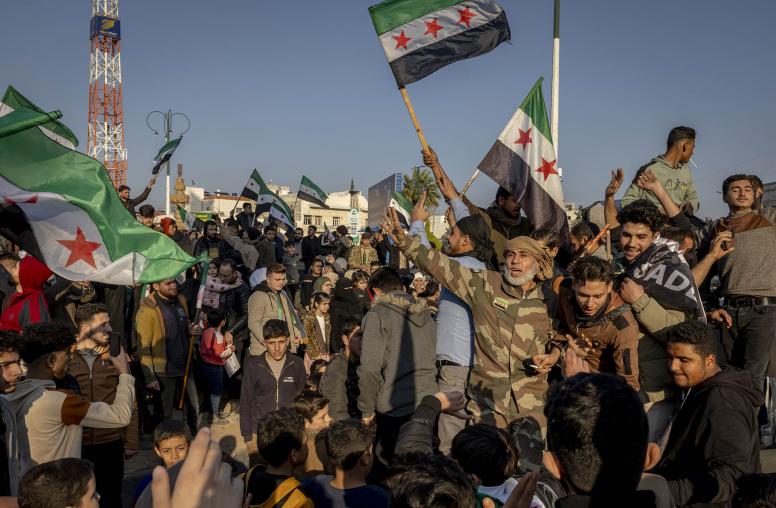Journey of Death: Suicide Bombers in Iraq
Over the past four years, suicide bombings have become a choice weapon of the insurgency in Iraq. Today, terrorists and insurgents perpetrate suicide attacks regularly, taking a profound physical and psychological toll on the local population and the multinational forces serving in the country.
Overview
Over the past four years, suicide bombings have become a choice weapon of the insurgency in Iraq. Today, terrorists and insurgents perpetrate suicide attacks regularly, taking a profound physical and psychological toll on the local population and the multinational forces serving in the country. Curbing the incidence of these attacks depends in part on understanding the motivations that trigger them. In his latest book on this challenging topic, Mohammed Hafez offers trenchant insights into the deadly phenomenon of suicide bombing, shedding much needed light on the strategy and ideology behind what often appears to be an inexplicable act of terror.
On July 10, 2007, USIP convened a distinguished panel to discuss the findings of Hafez’s new book, Suicide Bombers in Iraq: The Strategy and Ideology of Martyrdom. The panel included Dr. Hafez, visiting professor at the University of Missouri, Kansas City; His Excellency Samir Sumaidaie, the ambassador of Iraq to the United States; and Tom Ricks, a Pulitzer prize winner and military correspondent for the Washington Post. Steve Riskin, senior program officer with the Grants and Fellowships program at the Institute, which funded Hafez’s study, introduced the panelists. Daniel Serwer, vice president of the Institute’s Center for Post-Conflict Peace and Stability Operations moderated the event. The following is a summary of the discussion. It does not represent the views of the Institute, which does not take policy positions.
About the Author
This USIPeace Briefing was written by Christina Caan, a research assistant in the Center for Post-Conflict Peace and Stability Operations.



